Movies Beppie | Role Photographer Name Ed der | |
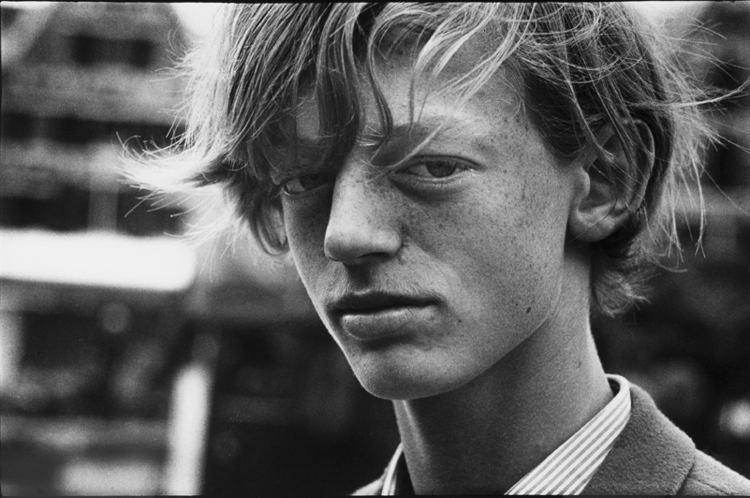 | ||
Books Love on the Left Bank, Hong Kong. The way it was | ||
Ed van der Elsken - Photographer - Films Amsterdam
Eduard "Ed" van der Elsken (10 March 1925 – 28 December 1990) was a Dutch photographer and filmmaker.
Contents
- Ed van der Elsken Photographer Films Amsterdam
- Early life
- Paris
- Love on the Left Bank
- Amsterdam and international travel
- Later life
- Books
- Films
- References

His imagery provides quotidian, intimate and autobiographic perspectives on the European zeitgeist spanning the period of the Second World War into the nineteen-seventies in the realms of love, sex, art, music (particularly jazz), and alternative culture. He described his camera as ‘infatuated’, and said: "I’m not a journalist, an objective reporter, I’m a man with likes and dislikes".
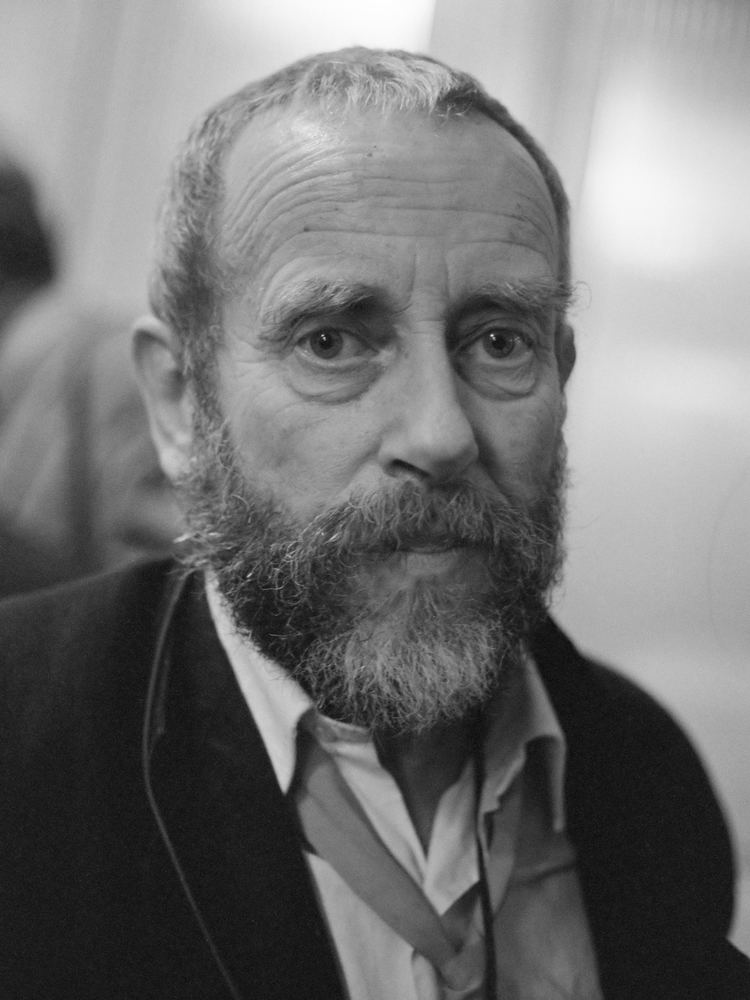
Early life
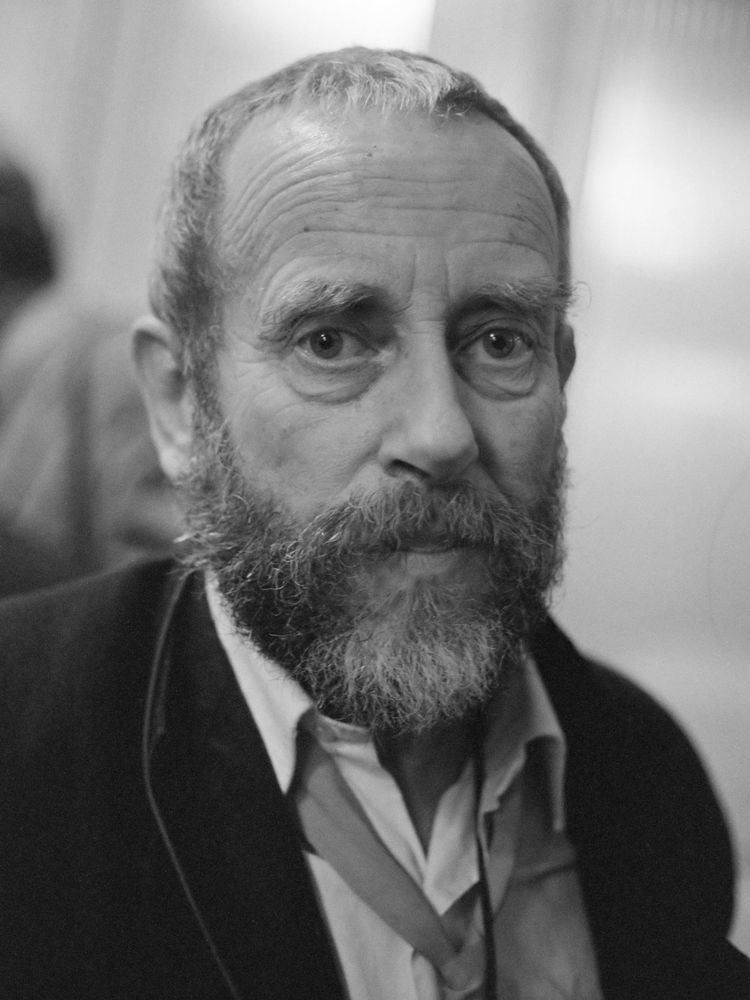
Ed van der Elsken was born on March 10, 1925 in Amsterdam in the Netherlands. In 1937, wanting to become a sculptor, he learned stone-cutting at Amsterdam's Van Tetterode Steenhouwerij. After completing preliminary studies at the Instituut voor Kunstnijverheidsonderwijs, the predecessor of the Rietveld Academy (dir. Mart Stam), he enrolled (in 1944) in the professional sculpture program, which he abandoned to escape Nazi forced labour. That year, after the Battle of Arnhem he was stationed in a mine-disposal unit where he was first shown Picture Post by British soldiers. Later, in 1947, he discovered American sensationalist photographer Weegee's Naked City. These encounters inspired his interest in photography and that year he took work in photo sales and attempted a correspondence course with the Fotovakschool in Den Haag, failing the final examination. He subsequently gained membership of the GKf (photographer's section of the Dutch federation of practitioners of the applied arts).
Paris

At the suggestion of Dutch photographer Emmy Andriesse (1914–1953) he moved in 1950 to Paris. He was employed in the darkrooms of the Magnum photography agency, printing for Henri Cartier-Bresson (who was impressed with his street photography), Robert Capa and Ernst Haas. There he met (and in 1954 married) fellow photographer Ata Kandó (b. 1913 Budapest, Hungary), twelve years his senior, living with her three children among the 'ruffians' and bohemians of Paris from 1950 to 1954.

Ata was a principled documentarian whose pictures taken in the forests of the Amazon among the Piraoa and Yekuana tribes are her best known, but her more poetic leanings, exemplified in her Droom in het Woud (Dream in the Wood, photographed 1954 in Switzerland and Austria, published 1957) must also have been an influence on Van der Elsken and his decision to move from newspaper reportage to aim to become a magazine photojournalist. Consequently, much of his work documented his own energetic and eccentric life experience subjectively, presaging the work of Larry Clark, Nan Goldin or Wolfgang Tillmans. Thus his adopted family and their lives became the subjects of his photographs along with the people he met, during this Paris period, including Edward Steichen who used eighteen of the photographer's Saint-Germain-des-Prés images in a survey show (1953) Postwar European Photography and another in "The Family of Man", and probably Robert Frank (who found and introduced European photographers to Steichen).
Another encounter was with Vali Myers (1930–2003) who became the haunting kohl-eyed heroine of his roman à clef photo-novel Een liefdesgeschiedenis in Saint-Germain-des-Prés (1956; its English-language version was titled Love on the left bank).
Love on the Left Bank
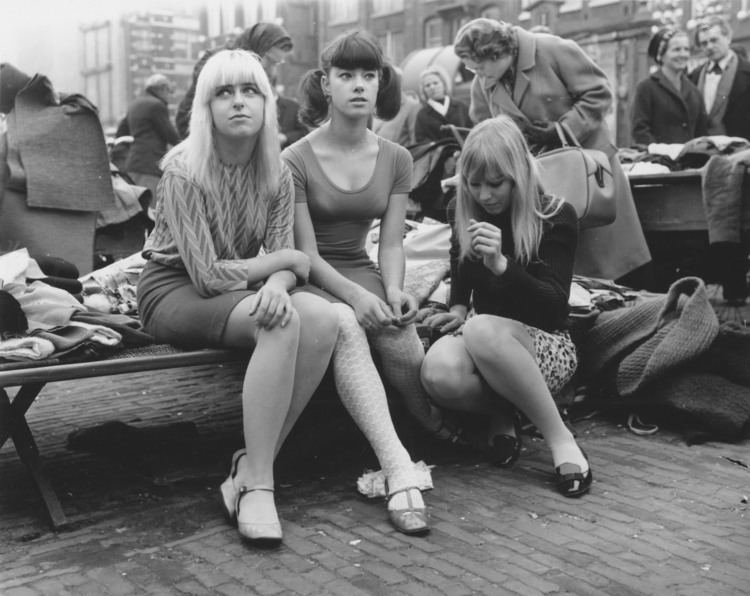
"Een liefdesgeschiedenis in Saint-Germain-des-Prés" (Love on the left bank) published in 1956, and designed by Dutch graphic designer, sculptor and typographer Jurriaan (William) Schrofer (1926–1990), is recognised as a particular contribution to the photobook; the beeldroman (photonovel), an essentially self-reflexive European genre.
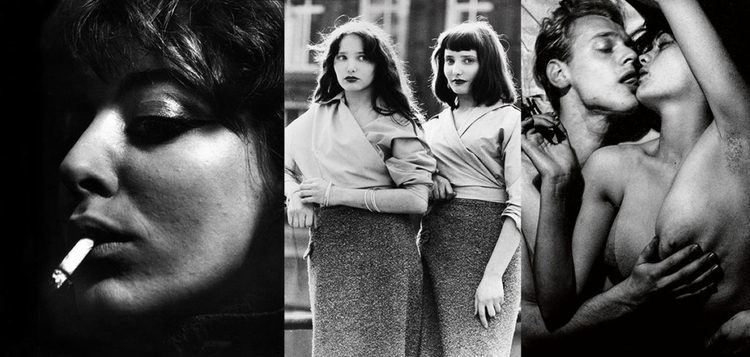
Van der Elsken initially put together a dummy of his text and images himself, but could not attract the interest of a publishing house. However, he succeeded with the renowned British magazine Picture Post, which devoted a four-part series in 1954 to the imagery entitled Why did Roberto leave Paris?. The editors felt it necessary to inform the reader that these were pictures not from a movie, but a "real-life story about people who do exist".
The love interest in this unsophisticated tale is the Mexican boy Manuel (Picture Post used his real name, Robert). Manuel tells how in Paris he fell in love with the beautiful Ann (Vali Myers), who hangs out in bars in Saint Germain des Prés and dances wildly in the jazz cellars. However, it is unrequited love; for Ann, always surrounded by men, shows no interest in Manuel. After learning of her lesbian relationship with her girlfriend Geri, Manuel returns disappointed back to Mexico. At home, he receives a letter from Ann telling him that she and Geri have a venereal disease and that they suspect he also has it (Picture Post censored mention of venereal disease, substituting a 'sanitised' ending, against Van der Elsken's wishes, in which Roberto goes back to Mexico because he missed his mother's cooking!). She comforts him with the thought that he really belongs to the "gang". Partly autobiographical and partly fictional (Van der Elsken was attracted to the extravagant Vali Myers) a number of elements - such as Manuel's imprisonment - are drawn from accounts of the other bohemians.
The book was accepted for publication thanks to the innovative layout of designer Jurriaan Schrofer, who later also designed Van der Elsken's Bagara (1958). Like his contemporary Van der Elsken he was a member of the Schrofer GKf, the Association of Practitioners of Applied Arts. Inspired by the medium of film Schrofer and Van der Elsken conceived a layout applying all sorts of cinematic elements, such as the flashback; the negative outcome of the love story is shown in the photo and the text on the first page, and what follows is a long flashback in which Manuel tells in first person, in the text and captions, of his experiences in Saint Germain des Prés. At the end of the book the first picture with the three protagonists reappears, with dramatic irony. Combinations of close-ups, medium shots with wide or long are used in the layout as Schrofer combines large, medium-sized and small images and also square and 3:2 format pictures (Van der Elsken photographed with Nikon and Leica 35mm and a Rolleicord 6×6). Close-ups of the faces of Ann and Manuel were blown up to the breadth of a spread, while small photos are aligned in film strips like contact prints on a page. Photographs of the same act, like a boy and girl embracing each other in a bar, are repeated and interspersed. At the end of the book uninterrupted, mostly full-bleed, pictures are assembled into a dream sequence. Manuel, imprisoned for robbery, thinks only of Ann. In his first dream she poses, lost in thought, against a weathered wall, on which are the white graffiti 'rêve' (cropped from grève: 'Strike!'). On the following pages she appears to Manuel as pin-up and mysterious femme fatale, a narcissist who can love only her own reflection. Then there are five pages of self-portraits by Ann/Myers; surrealistic charcoal drawings of her emaciated, opium-addicted body and compulsive self-destruction. Manuel's nightmare reaches a dramatic climax in the photo where Ann, her pale eyes closed, self-poisoned, floats in a steamy mirror, followed by a black blank page.
The book was the first of some twenty Van der Elsken publications. It quickly sold out in Europe and the UK, and its filmic qualities led to Van der Elsken's subsequent experiments with, and parallel career in, cinema.
Amongst its pages can be found the faces not only of artists but also of nascent Lettrist International members and Situationists at the cafe Chez Moineau. Twenty years later, the heroine, Vali Myers, re-appeared in his film Death in the Port Jackson Hotel (1972, 36 min. 16mm colour).
Amsterdam and international travel
Upon moving back to Amsterdam in 1955, he recorded members of the Dutch avant garde COBRA, including Karel Appel whom he later filmed (Karel Appel, componist korte versie, 1961, 4 min. 16 mm black & white). He separated from and divorced Ata Kando.
He then traveled extensively, to Bagara 1957 (now in Central African Republic), and to Tokyo and Hong Kong in 1959 to 1960, with Gerda van der Veen (1935–2006) also a photographer, whom he married (25 September 1957). He filmed for Welkom In Het Leven, Lieve Kleine the homebirth of their second child, Daan, in the old-fashioned, working-class Nieuwmarkt in Amsterdam. This is an early example of cinema production with a small shoulder-mounted camera synced with sound. He continued in motion imagery his subjective stance in which the camera operator interacts live from behind the camera with subject, obviating the need for the intrusion of an interviewer or presenter, and recording the immediate experience. His style was immediately influential on the television of Hans Keller, Roelof Kiers and others.
Later life
From 1971 he lived with his third wife, photographer Anneke Hilhorst (1949 - ), in the country near Edam, where their son, John, was born. During this period he continued to travel and worked prodigiously between film and photography, producing a further 14 books and broadcasting more than 20 films with the collaboration and assistance of Hillhorst.
His last film was Bye (1990, 1 hour 48 min, video, 16 mm film, colour and black & white) a characteristically courageous autobiographical response to his terminal prostate cancer.
He died on 28 December 1990 in Edam in the Netherlands.
